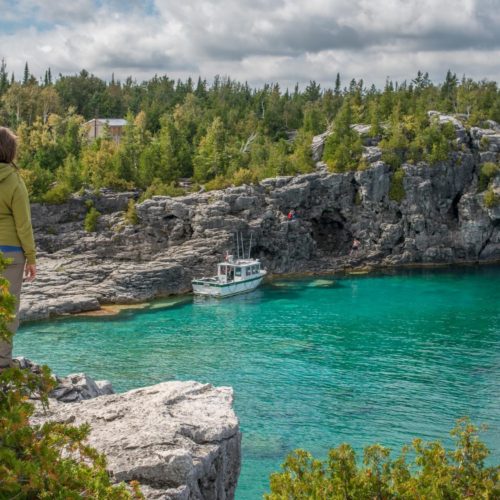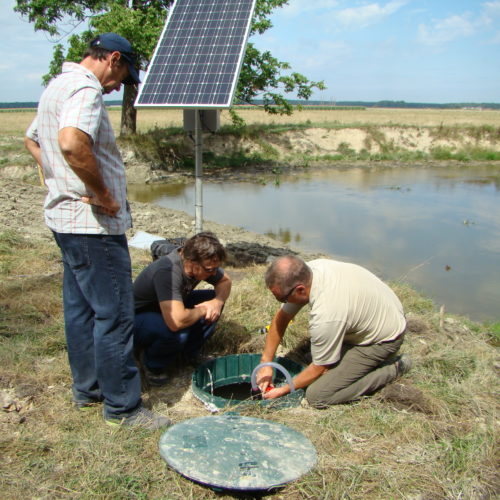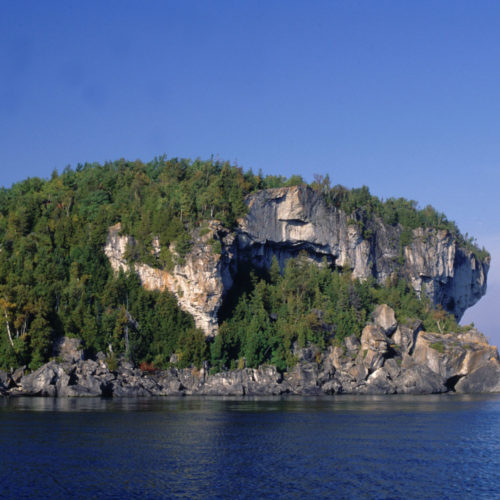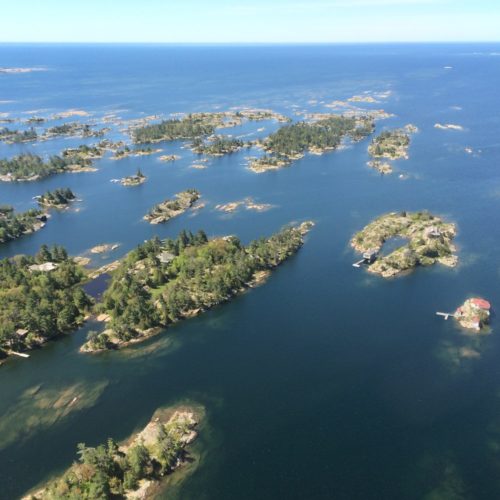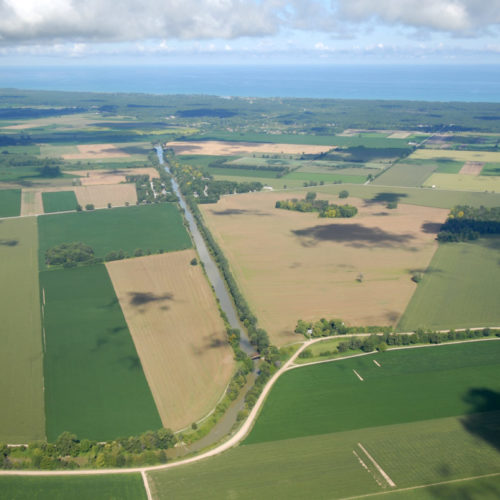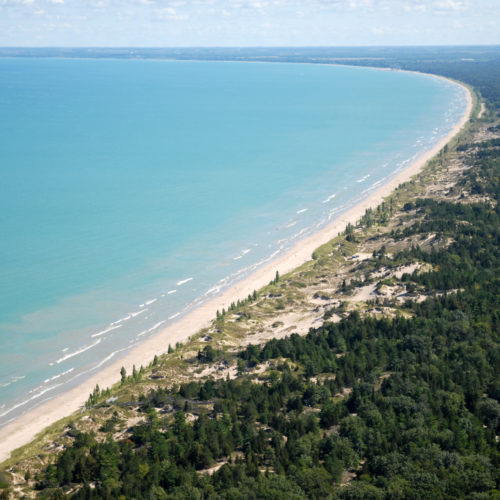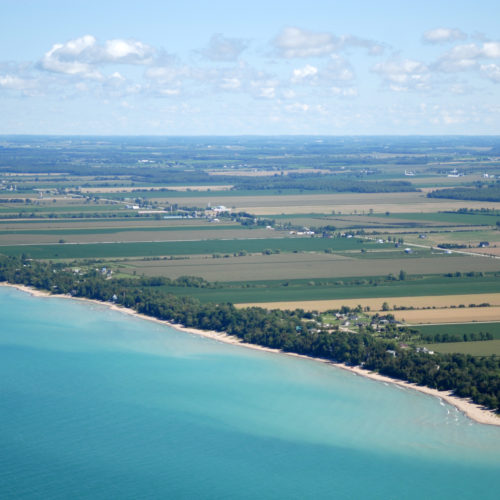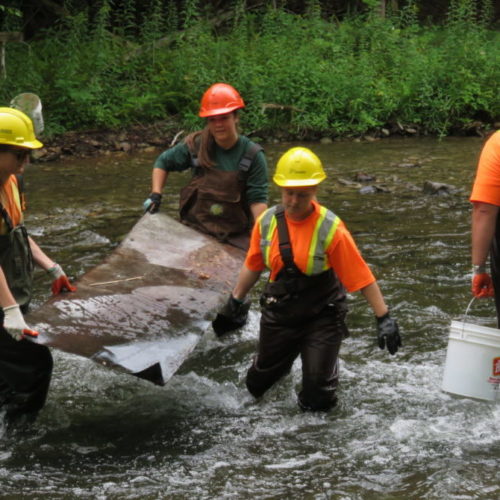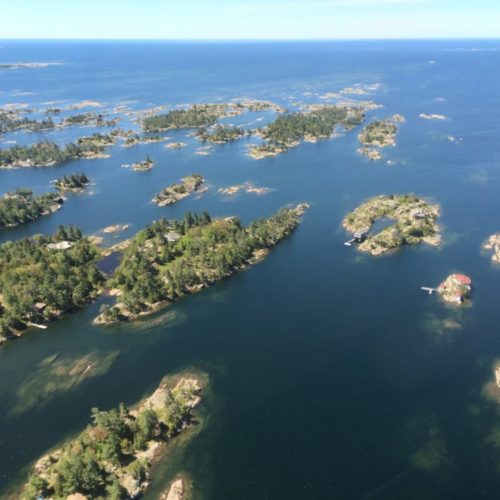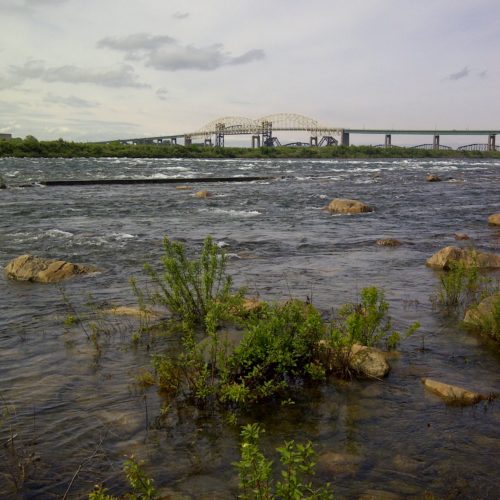North Channel Region
The North Channel stretches from Sault Ste. Marie to Killarney, and boats a number of uninhabited islands, a natural fjord and the world’s largest freshwater island (Manitoulin). As one of the ‘best freshwater cruising grounds in the world’, the North Channel and its communities offer lots to do and much to explore.
The following groups and organizations are active in the area doing work that exemplifies the goals and principles of the Framework for Community Action.
